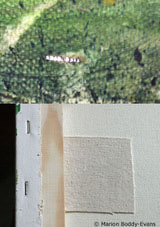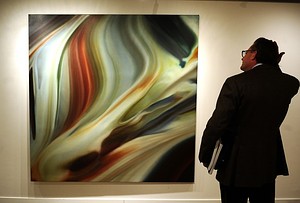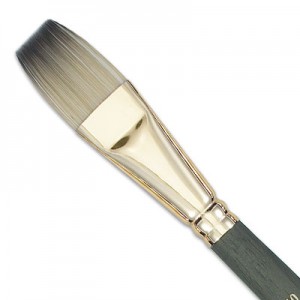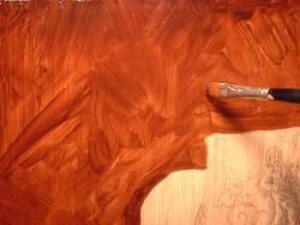Tips on How to Understand Abstract Art
Interpreting an abstract art doesn’t have to be so complicated. Just like interpreting more realistic paintings, there is no fixed right or wrong way to look at it or understand it. . Here are some tips that you can take into account when viewing abstract art.

• Create a connection with the art. The artist has probably carefully considered your role as the viewer of the painting and wants it to speak to you on some level. The connections you make with a piece of abstract art may discover a whole new meaning. Artists are open to hear what different viewers uncover in dialogue with their artwork, even if it’s nowhere near the artist’s original idea. Just the thought of allowing yourself to be taken in by their painting will make them feel satisfied with their art.
• Do not try to interpret abstract art by looking at the title given to the work. This will more often than not confuse you even more because you will try to look for the title in the painting instead of looking for the concepts and other more important things that the art can offer. Try not to be influenced by the title then you will see that it is so much easier to understand it, irrespective of what its name suggests.

• Do not let other viewers to influence your interpretation when trying to figure out a piece of abstract art. This may lead you to believe that you do not ‘understand’ abstract art and you’ll try to modify your own interpretation. When seeing a work of abstract art, you have to see what the scene means to you and what emotions it evokes in your mind. It may not be the same as anyone else’s opinion, but this will be your unique interpretation of the work.
• See it as more than a single, isolated creation: there must be a context to truly appreciate a work of art. Every painting is created within a particular environment, and if you do not understand that environment, you will never be able to appreciate what the artist has to offer you. This is why, when you study the work of a particular artist, it makes sense to learn something about his life and the culture in which he lived.
• Do not focus on physical aspects of the art but instead try to see the energy, the darkness and brightness, and the shower of emotions that these things reflect and you will find that you finally ‘understand’ abstract art. Let your eyes play with the colors of the painting, slipping around the geometry, following the twirls, twists and turns, dipping in and out of the surface.
Image source: www.abstractartistgallery.org














